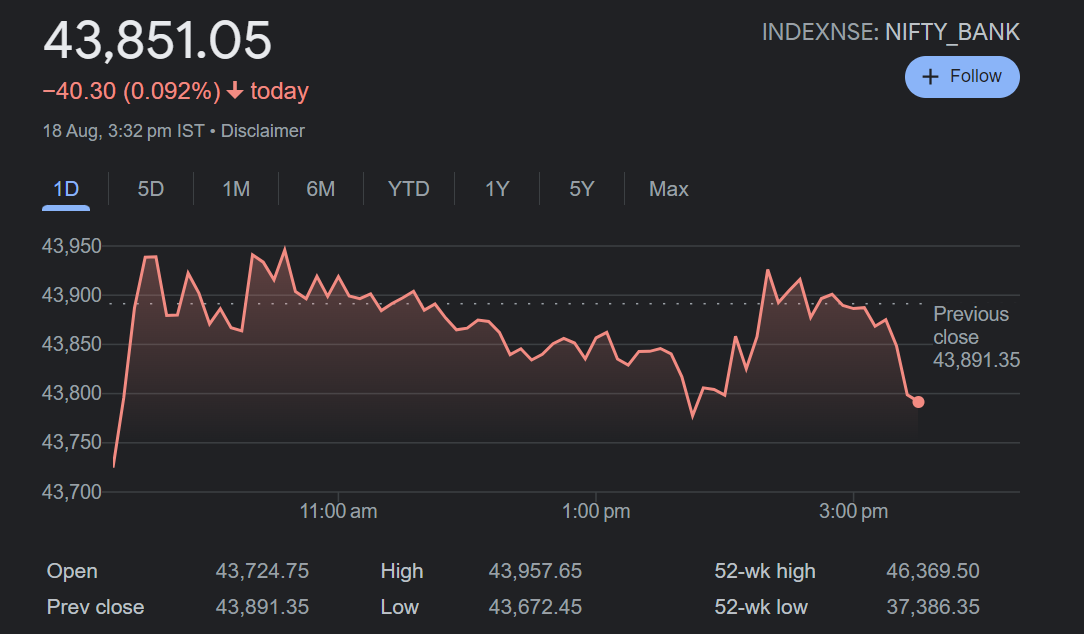Taking a trade in Bank Nifty || Who take a bank nifty trade

Taking a trade in Bank Nifty, or any other financial instrument, involves a combination of analysis, strategy, and execution. Here's a simplified step-by-step guide on how to approach taking a trade in Bank Nifty:
1. Educate Yourself: Before you start trading, it's essential to understand the basics of trading, different strategies, and how the market works. Research and learn about Bank Nifty, its components, and how it tends to move. Make sure you're familiar with the terms used in trading.
2. Choose a Trading Platform: You'll need a trading platform to execute your trades. Choose a reputable online broker that offers access to Bank Nifty and provides a user-friendly trading interface.
3. Define Your Strategy: Decide on a trading strategy that suits your risk tolerance and goals. Some common strategies for Bank Nifty trading include day trading, swing trading, and trend following. Each strategy has its own approach to entering and exiting trades.
4. Perform Analysis: Before taking a trade, analyze the current market conditions and the Bank Nifty's recent price movements. You can use technical analysis (examining charts and indicators) and fundamental analysis (considering economic data and news) to make informed decisions.
5. Identify Entry and Exit Points: Based on your analysis and chosen strategy, determine where you'll enter the trade (buy or sell) and where you'll exit (take profit or cut losses). Entry and exit points should be based on clear criteria, not emotions.
6. Set Stop-Loss and Take-Profit Levels: Always set a stop-loss order to limit potential losses in case the trade goes against you. Similarly, set a take-profit order to secure your desired profit level. These levels should be determined based on your analysis and risk management strategy.
7. Calculate Position Size: Determine how much of your trading capital you're willing to risk on this trade. This will help you calculate your position size (how many Bank Nifty contracts or shares you'll buy/sell).
8. Monitor the Trade: Once you've entered the trade, keep a close eye on it. Markets can move quickly, and you might need to adjust your strategy based on changing conditions.
9. Stay Disciplined: Stick to your plan. Avoid making impulsive decisions based on emotions. If the trade is not going as planned, consider whether it's best to cut your losses early or let the trade play out according to your initial analysis.
10. Review and Learn: After the trade is closed, whether it's a win or a loss, take time to review what went well and what could be improved. Learning from your trades will help you refine your approach over time.
Remember that trading involves risk, and there are no guarantees of profit. It's important to practice proper risk management and only trade with funds you can afford to lose. Additionally, seeking guidance from experienced traders, reading books, and taking online courses can help you build a solid foundation for successful trading.




